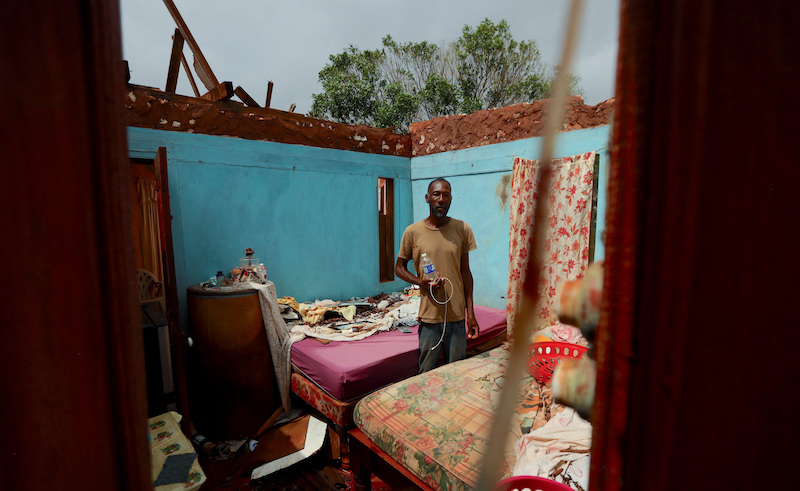Negotiators cite “convergence” on the structure of the post-2025 finance goal but gaps remain on contributors and amounts
Governments have made progress on how a new global climate finance goal should be structured – but big gaps remain on who should pay out and how large the goal should be, negotiators chairing United Nations talks said on Wednesday.
Ministers gathered in Azerbaijan’s capital Baku to discuss a new post-2025 goal for finance to help developing countries tackle climate change. A deal is due to be reached by the end of the COP29 climate summit in Baku in late November.
At the start of Wednesday’s talks, Azerbaijan’s COP29 President Mukhtar Babayev said he had seen “positive signs that there may be growing convergence on the structure of the goal”.
Zaheer Fakir, a negotiator co-chairing the UN talks on the goal, added that “parties remain apart on some of the core issues” but “substantial progress has been made” on how the goal is structured.
The other co-chair, Australian Fiona Gilbert, said “many agree” that the goal should include both the provision of public climate finance to developing countries and the mobilisation of private finance – either as a single number or as two separate numbers.
Some governments, Gilbert said, want the smaller public finance – or “core” – goal to be complemented by an additional broader goal consisting of either total investment flows to developing countries or global investment flows for climate action in all countries.
Some countries, she said, want more specific sub-goals – for example, that a certain amount of money should go towards helping developing countries adapt to more extreme weather and rising seas.
The structure of the New Collective Quantified Goal (NCQG) will not be conclusively agreed until all aspects of the goal are settled at COP29 – and some resistance remains to this proposed structure. China’s negotiator today called it “overly complex”, and criticised its reliance on the private sector.
Ambitious or realistic?
Developed and developing countries also remain split on the size of the goal and which countries should contribute.
Developing countries said on Wednesday the goal should be large enough to help meet their climate action needs and have proposed figures of between one and two trillion dollars a year.
But wealthy nations have not proposed any figures, other than saying – as already specified in the Paris Agreement – that it should be at least as large as the previous goal of $100 billion a year, which they only met two years after the target year of 2020.
US climate envoy John Podesta said in Baku that the “inner layer” of the target, meaning the public finance element, should be “ambitious and stretch parties as the $100 billion goal did- but it also has to be realistically achievable”.
He said the overall amount of finance required would be “well above $1 trillion”, adding that this should include “the outer layer” of the goal, which would consist of private, philanthropic and domestic finance provided in all countries, as well as international public finance.
Switzerland’s negotiator said “ambition does not only refer to a number – ambition also means that a goal is achievable if we collectively try our best to get there and to that end, we have to take political and economic realities into account.”
He added that an “unrealistic” goal “makes it much harder to convince finance ministries, development agencies and other actors to make all the efforts to contribute a maximum to achieve it” and warned that a failure to achieve the goal would risk breaking trust in the UN climate system.
New study blows hole in “transition fuel” claim of fossil gas backers
On the other hand, the Philippines’ negotiator said the NCQG should be at least $1.3 trillion and “must be significantly supported by public finance”. “Only in this manner can we fill in the glaring financing gaps in climate action and address the challenges that disproportionately affect us,” she added.
China’s negotiator said that developed countries “must state the quantum they are willing to put on the table”.
Who should pay?
The United Nations climate convention (UNFCCC) currently groups countries into two broad camps: developed countries that are obliged to provide climate finan
Read More

